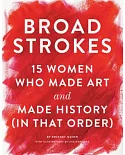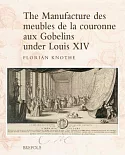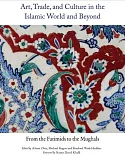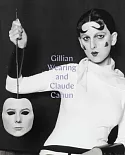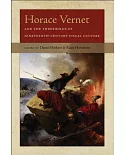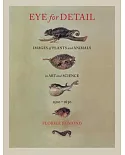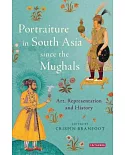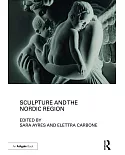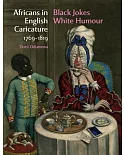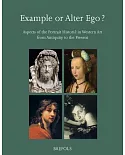Pictures and Visuality in Early Modern China is not simply a survey of sixteenth-century images, but rather, a thorough and thoughtful examination of visual culture in China's Ming
Dynasty, one that considers images wherever they appeared—not only paintings, but also illustrated books, maps, ceramic bowls, lacquered boxes, painted fans, and even clothing and tomb
pictures.
Clunas's theory of visuality incorporates not only the image and the object upon which it is placed but also the culture which produced and purchased it. Economic changes in sixteenth-century
China—the rapid expansion of trade routes and a growing class of consumers—are thus intricately bound up with the evolution of the image itself. Pictures and Visuality in Early Modern
China will be a touchstone for students of Chinese history, art, and culture.


